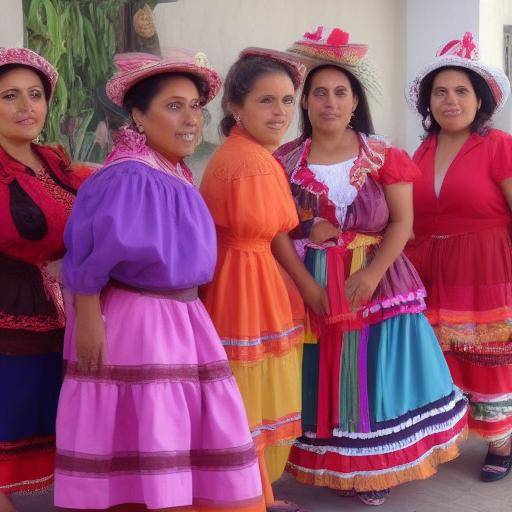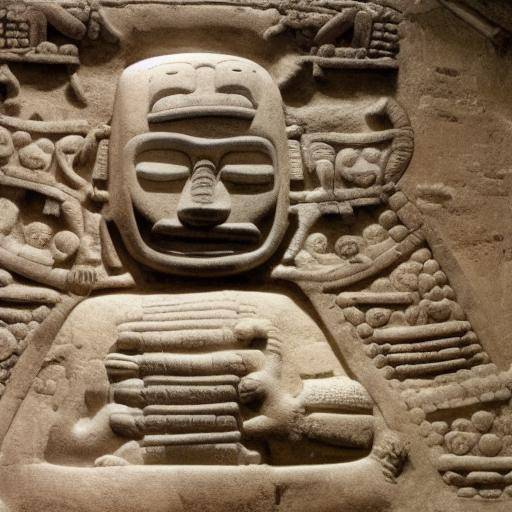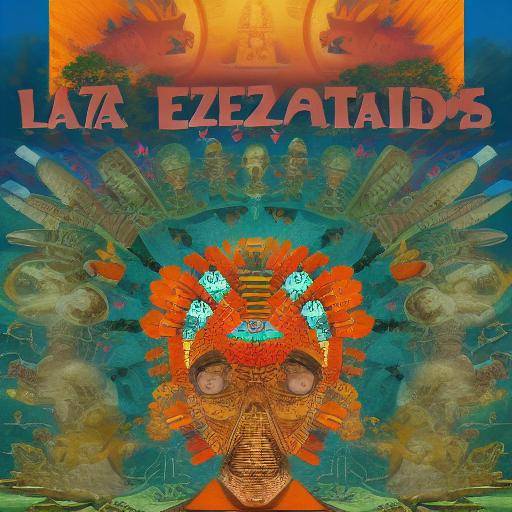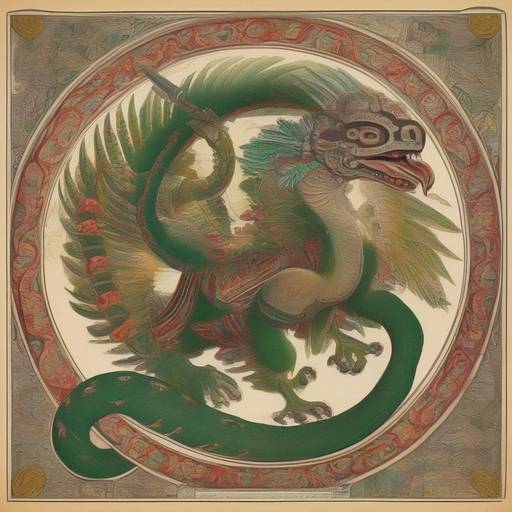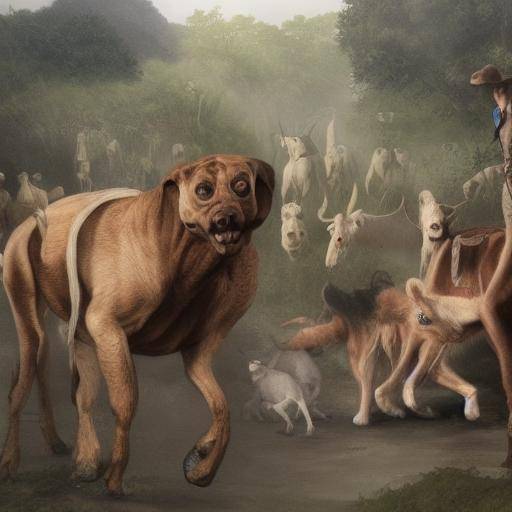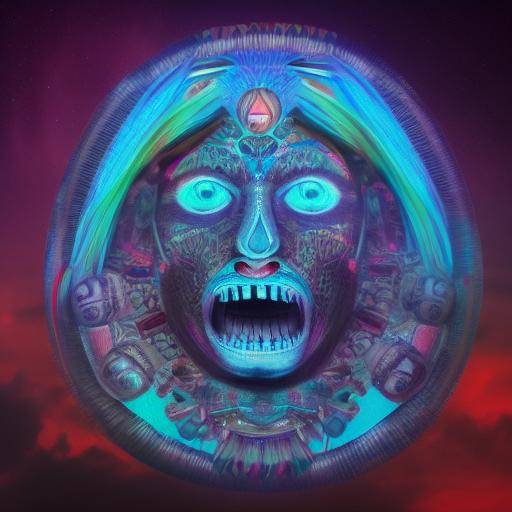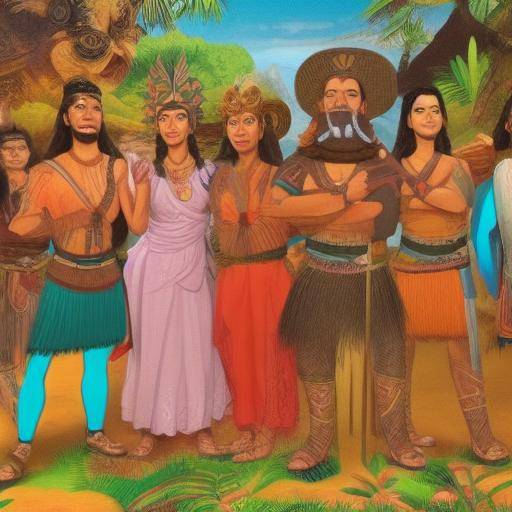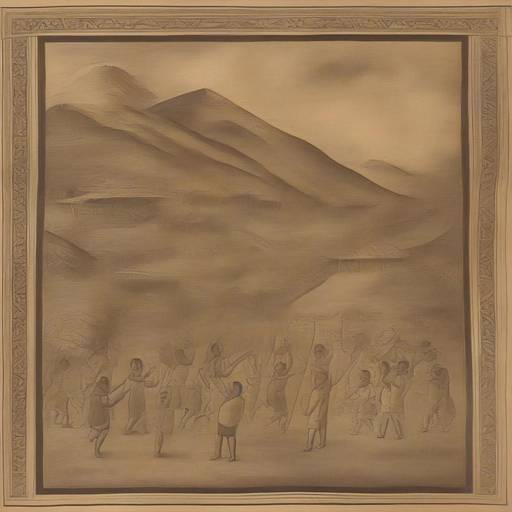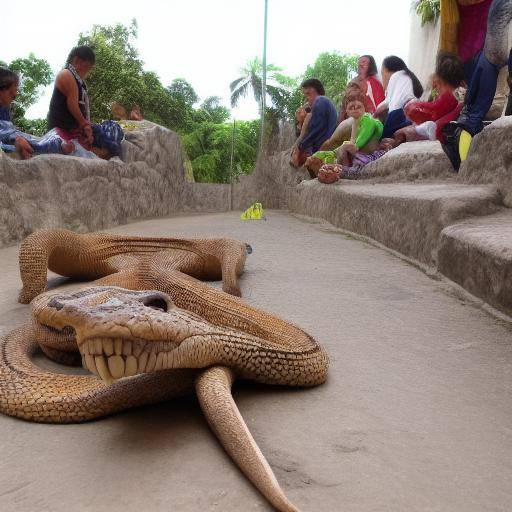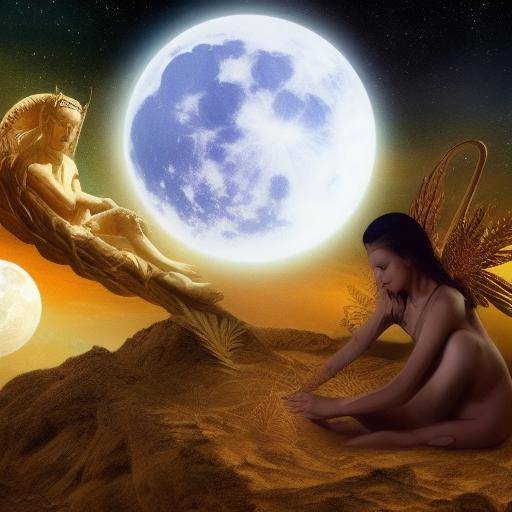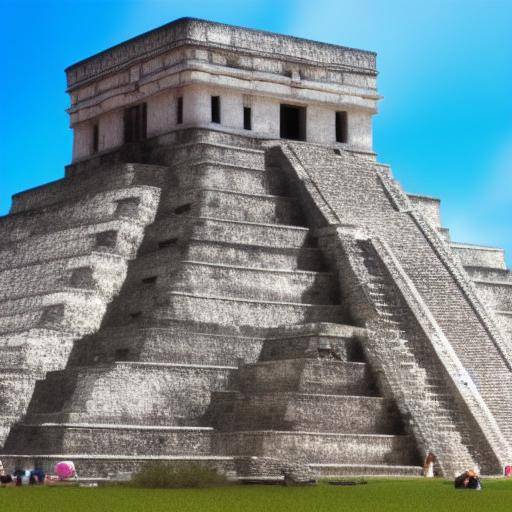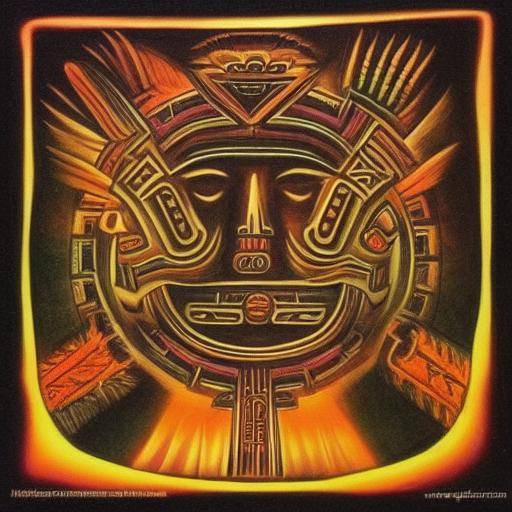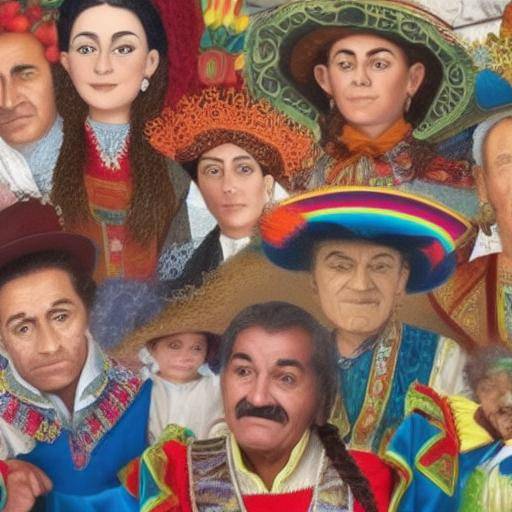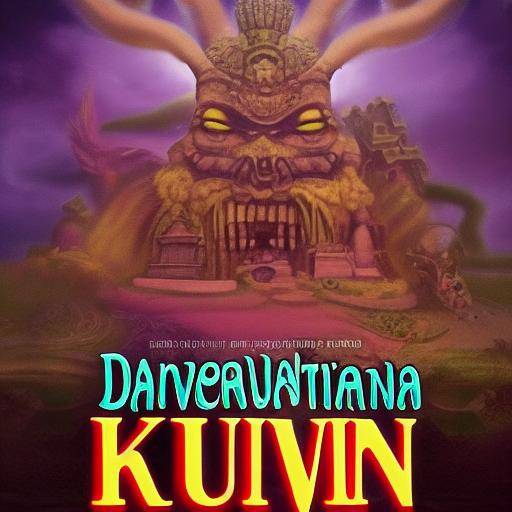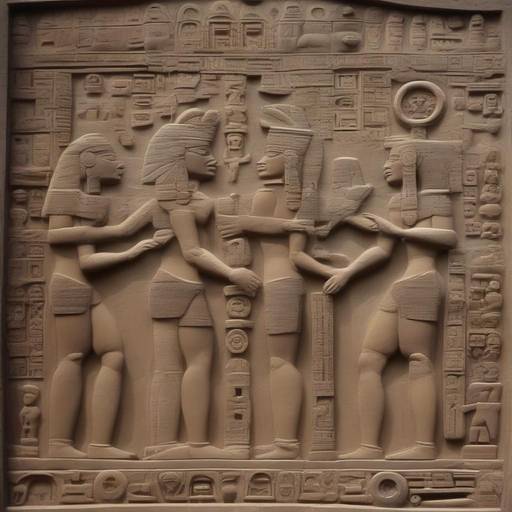
Aztec mythology is one of the most fascinating and complex beliefs of ancient Mesoamerica. In Aztec cosmogony, the relationship between humans and gods played a central role, influencing all aspects of life, from religion to society and culture. In this article, we will explore in detail the intricate connection between humans and gods in Aztec mythology, as well as pre-Columbian myths and their impact on Aztec civilization.
Introduction
Aztec mythology, also known as Aztec religion, was based on a rich pantheon of gods and deities representing various forces of nature, cosmic events and aspects of human life. The Aztecs believed that the gods played a fundamental role in the universe and that their actions directly influenced the destiny of human beings. This interaction between humans and gods was fundamental to understanding the functioning of the world and the religious practices of Aztec civilization.
History and Background
The myths and legends that formed the basis of Aztec mythology had their roots in the ancient beliefs of the pre-Columbian Mesoamerican peoples. These mythical stories were transmitted from generation to generation and provided a framework for understanding the creation of the world, the purpose of human existence and the relations between gods and men.
The influences of pre-Columbian myths in Aztec civilization went back to the migration of the Nahua peoples, who brought with them their own traditions and deities. As the Nahuas settled in the valley of Mexico, their mythology intertwined with that of the local peoples, forming the basis of what would later become the complex Aztec religion.
Deep analysis
Aztec mythology reflected the interdependence between humans and gods in many aspects of everyday life. The Aztecs saw the gods as powerful entities that required veneration and offerings to secure their favor and protection. This devotion was manifested through elaborate rituals, human sacrifices and religious festivals that sought to maintain a harmonious balance between the human and divine world.
In addition, the Aztec cosmological vision gave the gods the responsibility to maintain cosmic order and ensure the cycle of life. The gods were seen as intermediaries between humans and supernatural forces, and their influence was believed to be crucial to ensuring the fertility of the earth, success in the war and prosperity of society.
Comprehensive review
The understanding of the relationship between humans and gods in Aztec mythology gives us a profound view of the complex cultural and religious dynamics that defined Aztec civilization. Through a detailed analysis of ritual practices, cosmological beliefs and artistic representations, we can appreciate the fundamental importance that the gods had in the daily life of the Aztecs.
In addition, by exploring the pre-Columbian myths that intertwined with Aztec mythology, we can better understand the evolution of religious beliefs in Mesoamerica and its impact on the configuration of Aztec identity. This comparative perspective allows us to appreciate the similarities and differences between the notions of gods, humans and myths in different Mesoamerican cultures.
Conclusion
The relationship between humans and gods in Aztec mythology is a topic of profound historical and cultural relevance that continues to fascinate scholars and fans alike. By understanding the complex network of beliefs, rituals and myths that united the Aztecs with their deities, we can get a more complete vision of the rich and sophisticated Mesoamerican worldview that lasts today.
Frequently asked questions
1. What was the role of the gods in the daily life of the Aztecs?
The Aztec gods influenced all aspects of everyday life, from agriculture to war. It was considered crucial to ensure their favour through offerings and rituals to ensure the harmony and well-being of the community.
2. What kind of pre-Columbian myths influenced Aztec mythology?
The pre-Columbian myths that influenced Aztec mythology included accounts of the creation of the world, the heroic exploits of the gods and the interaction between humans and deities. These accounts formed the basis of the Aztec cosmovision.
3. Why were human sacrifices a central part of the Aztec religion?
The Aztecs believed that human sacrifices were necessary to placate the gods and ensure the fertility of the earth and the prosperity of the community. This act was considered a supreme gift to the gods and a way of maintaining the cosmic order.
4. How did Aztec mythology evolve over time?
Aztec mythology experienced significant changes throughout the history of Aztec civilization, especially due to the influence of other Mesoamerican groups and the evolution of religious practices.
5. What is the importance of studying Aztec mythology today?
The study of Aztec mythology allows us to better understand the complex cultural and religious dynamics of the former Mesoamerica, as well as its influence on the configuration of Aztec identity. In addition, it sheds light on the basis of the Mesoamerican worldview that still lasts in the region.
6. What legacy left Aztec mythology in contemporary culture?
Aztec mythology continues to inspire the art, literature and popular culture of the Mesoamerican region, demonstrating its continued relevance in the identity and creativity of modern communities.
In short, the relationship between humans and gods in Aztec mythology reveals a complex network of beliefs, rituals and myths that defined the life of Aztec civilization. This interaction between the divine and the human remains a theme of profound historical and cultural relevance that continues to fascinate current generations.
As we explore the intricate interconnections between the gods, pre-Columbian myths and Aztec civilization, the legacy of this ancient worldview remains a source of wonder and reflection. Aztec mythology, with its rich amalgam of gods, myths and beliefs, offers a fascinating window to the complexity and depth of Mesoamerican thought.


